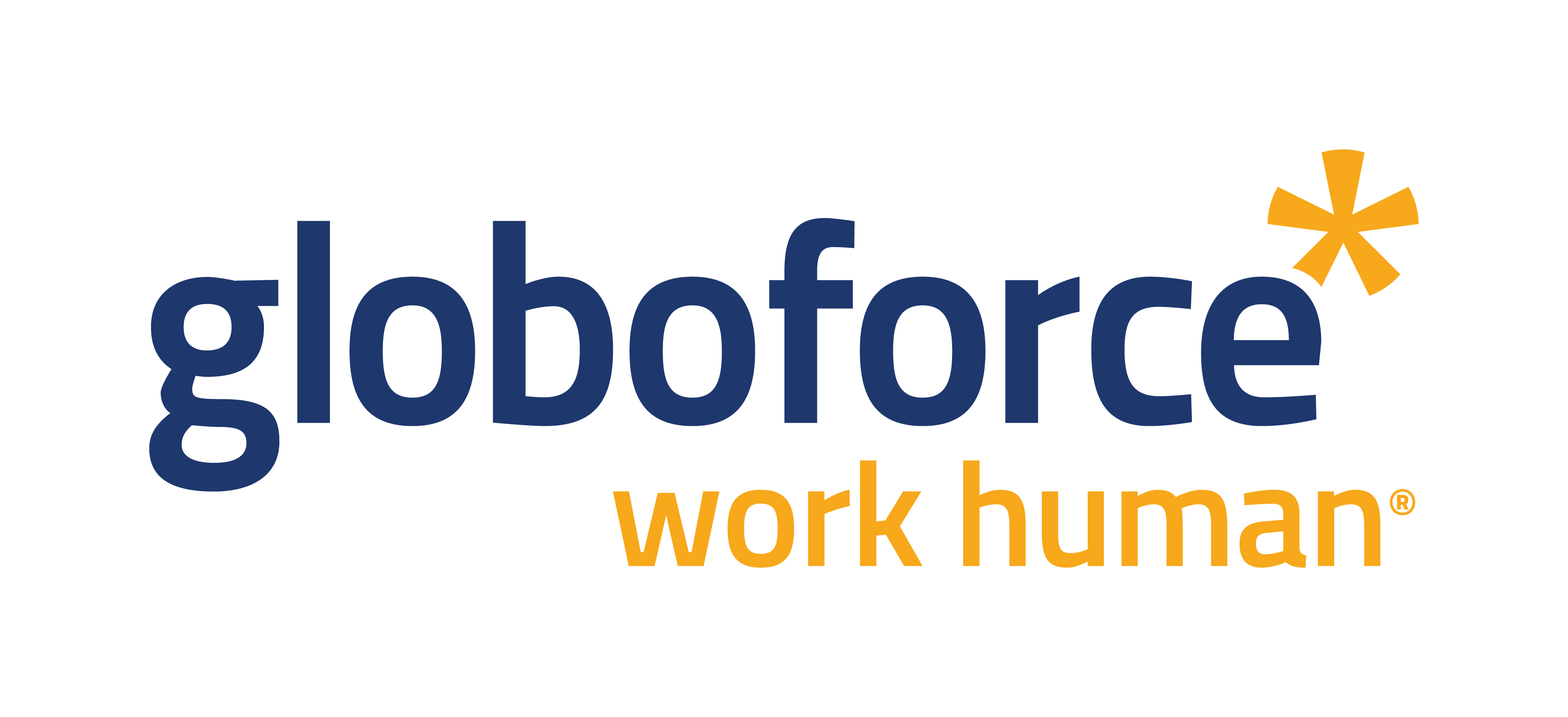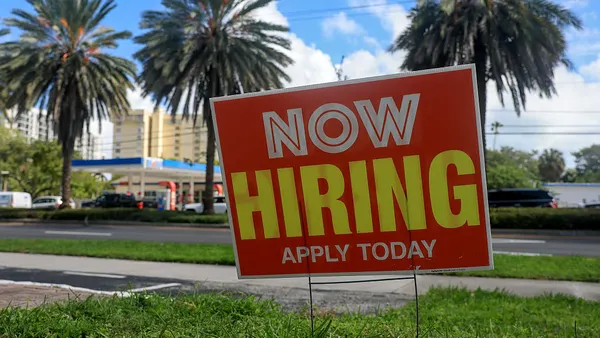Is your HR strategy truly supporting original thinkers? Are they flourishing – or being stifled – in your organization?
WorkHuman 2017 keynoter and best-selling author Adam Grant discusses themes from his new book, Originals: How Non-Conformists Move the World – procrastination, combating groupthink, and why you should start hiring for cultural contribution, as opposed to cultural fit.
How do you define an original? Do you think people are born originals, or can you become one?
An original is somebody who not only has creative ideas for improving the world around them, but also takes the initiative to make them a reality. The evidence is overwhelming that we all have different starting points for how creative our thinking tends to be, but we can all increase our originality.
You write that great originals are great procrastinators. Do you think there’s a stigma against procrastination in the corporate world? And how can we combat that?
I think there is. Especially in a world that’s become increasingly dynamic, it’s a huge liability if you have anybody who’s putting off work – when speed is the imperative, when there are competitors waiting to put you out of business, when work runs 24/7. The side effect is that people rush ahead with their first ideas, but it’s not an effective strategy at all for getting them to think through their best ideas.
I don’t want to suggest that everyone should be a procrastinator all the time. But when people procrastinate, they give themselves time to incubate. They consider a lot of different ideas, instead of that first one that that was easy to think of, or easiest to implement.
What role do you see social recognition playing in developing and encouraging originals?
I think it’s huge, and it’s something we don’t talk about enough. One of my favorite studies – and I say favorite because it’s one of the most disturbing – shows that across industries, when you ask people about their biggest suggestion or boldest idea, 85% of them stayed silent, instead of speaking up.
The vast majority of people say, “I’m not going tell anyone, ever.” Then the question is why? Most people think it’s fear, and fear is a factor. But much more important than fear is futility. People think, “I don’t think anyone’s going to listen to me. It’ll fall on deaf ears, and it’s not going to go anywhere. So what’s the point?”
I think recognition is one of the best antidotes to that. We have a lot of studies showing that if you recognize the kind of behavior you’re looking for and highlight that to other people, they start to see that the behavior is valued, encouraged, and appreciated. When you recognize people who have contributed great ideas, it sends a clear message to a whole workforce that says, “This kind of behavior is not only safe, but it actually does move the needle around here. It’s worth spending your time developing and generating ideas. But it’s also worthwhile to voice them because other people will take notice.”
Something else you talk about in your new book is groupthink and how it can kill originality. Can you explain groupthink?
Groupthink is when everybody is looking at a problem in the same way. Convergent thought is valued as opposed to divergent thought, which is obviously dangerous because you start to stamp out creativity and innovation. You end up getting trapped in your own beliefs.
What is the best way to foster a strong culture with similar values, but also value in dissent?
One of the mistakes that I see a lot of leaders make is they say, “We don’t want to just hire stars, because we know that values are important. So when we hire, we’re going to prioritize culture fit. We’re going to bring in the people who live and breathe our core principles and identify with our mission.”
Early on, culture fit is useful because you end up with a uniquely motivated group of people who are marching in the same direction. But as you grow, culture fit becomes a proxy for groupthink, and you end up bringing in a bunch of people who see the world in exactly the same way, and you weed out diversity of thought.
Want to learn more about building a more human, inclusive workplace? Check out the Globoforce blog.









